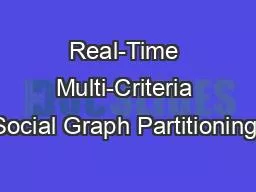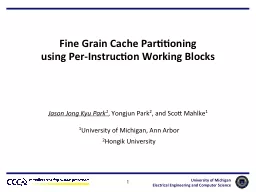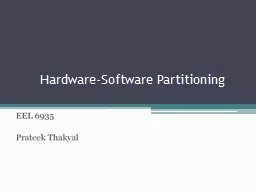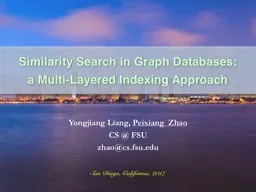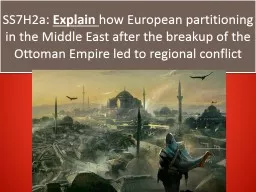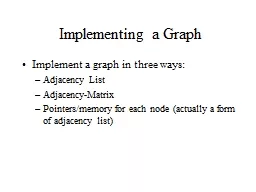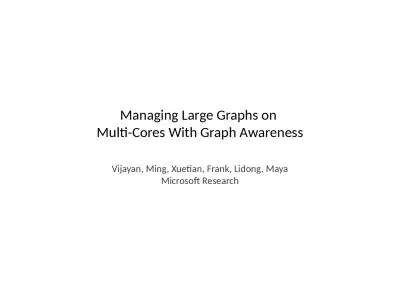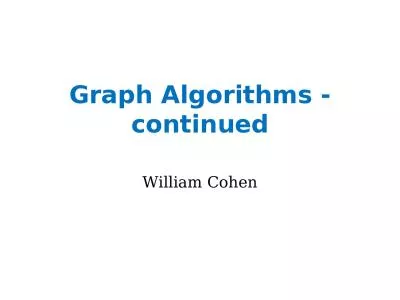PPT-Real-Time Multi-Criteria Social Graph Partitioning:
Author : narrativers | Published Date : 2020-06-23
A Game Theoretic Approach Proceedings of the 2015 ACM SIGMOD International Conference on Management of Data pp 16171628 20160512 M1 kosaka Author Nikos Armenatzoglou
Presentation Embed Code
Download Presentation
Download Presentation The PPT/PDF document "Real-Time Multi-Criteria Social Graph Pa..." is the property of its rightful owner. Permission is granted to download and print the materials on this website for personal, non-commercial use only, and to display it on your personal computer provided you do not modify the materials and that you retain all copyright notices contained in the materials. By downloading content from our website, you accept the terms of this agreement.
Real-Time Multi-Criteria Social Graph Partitioning:: Transcript
Download Rules Of Document
"Real-Time Multi-Criteria Social Graph Partitioning:"The content belongs to its owner. You may download and print it for personal use, without modification, and keep all copyright notices. By downloading, you agree to these terms.
Related Documents

